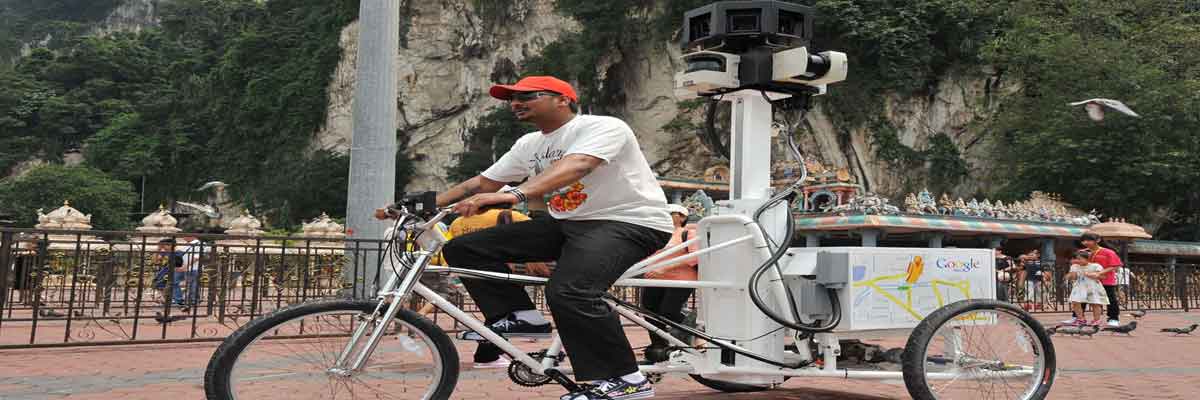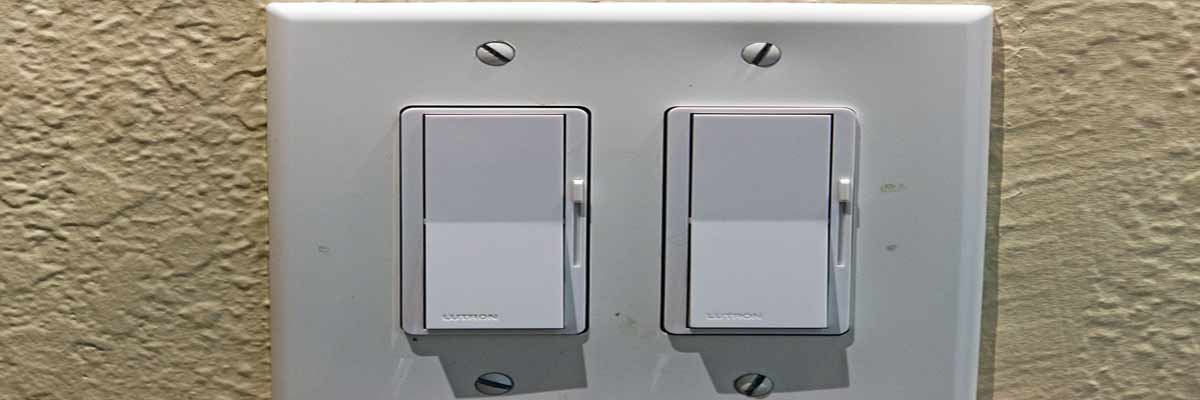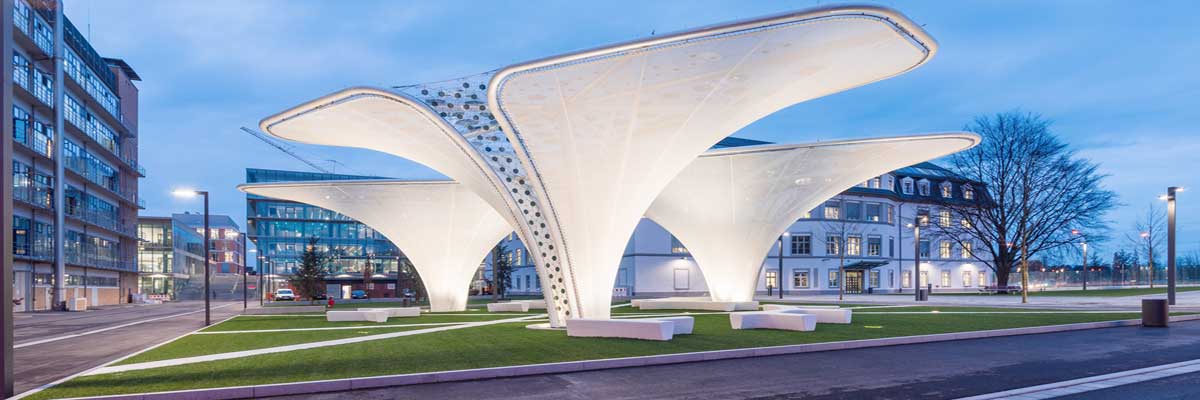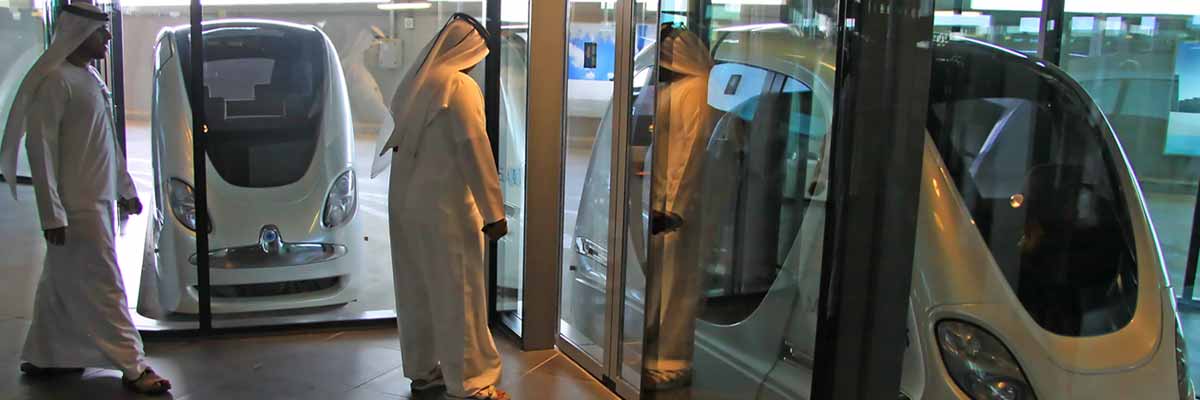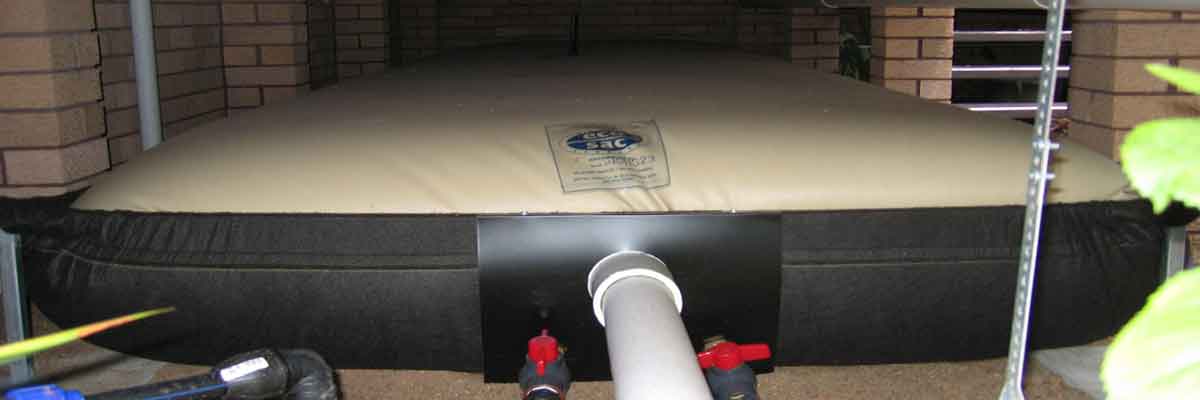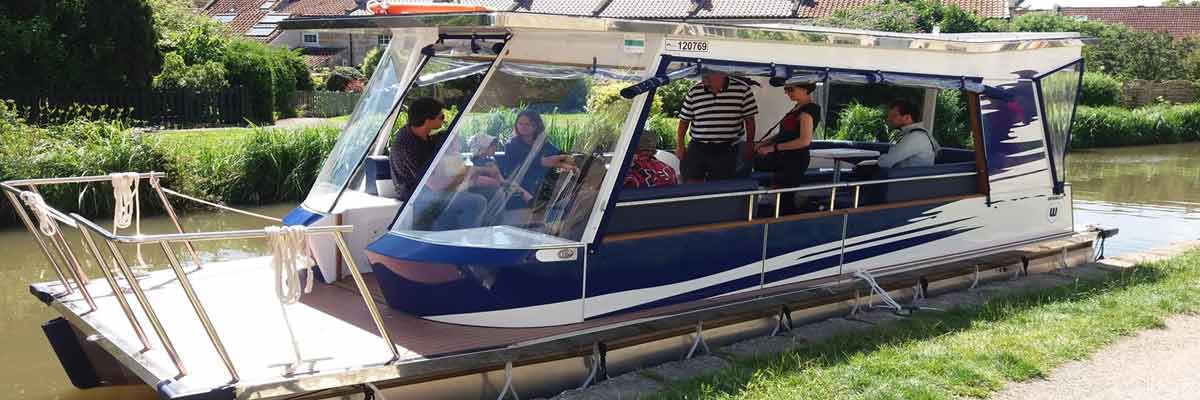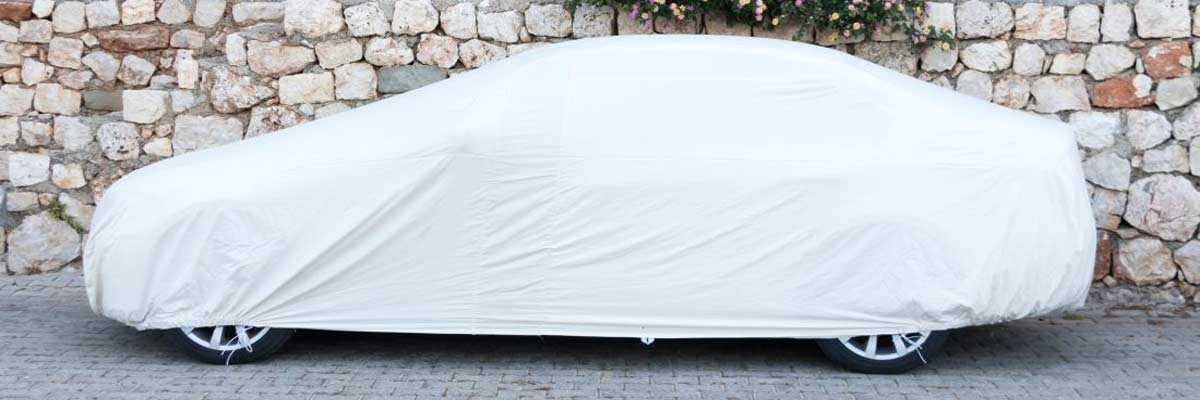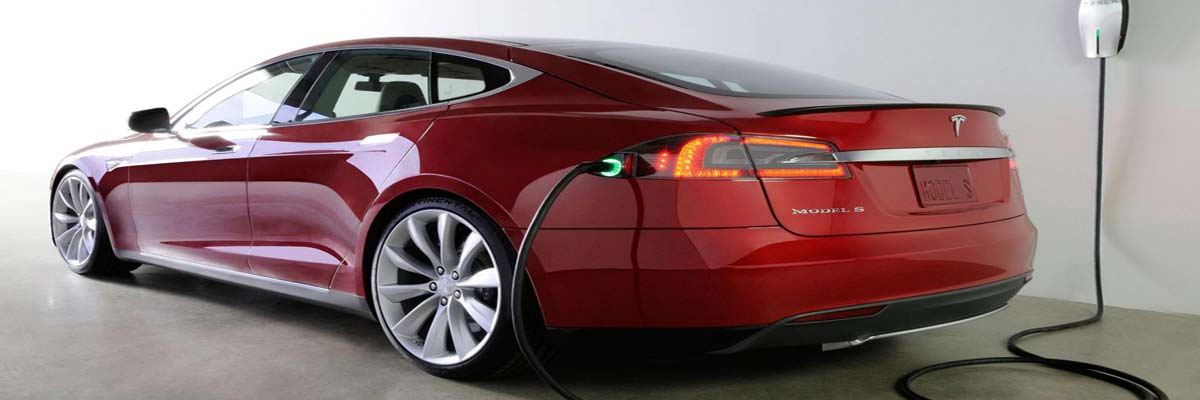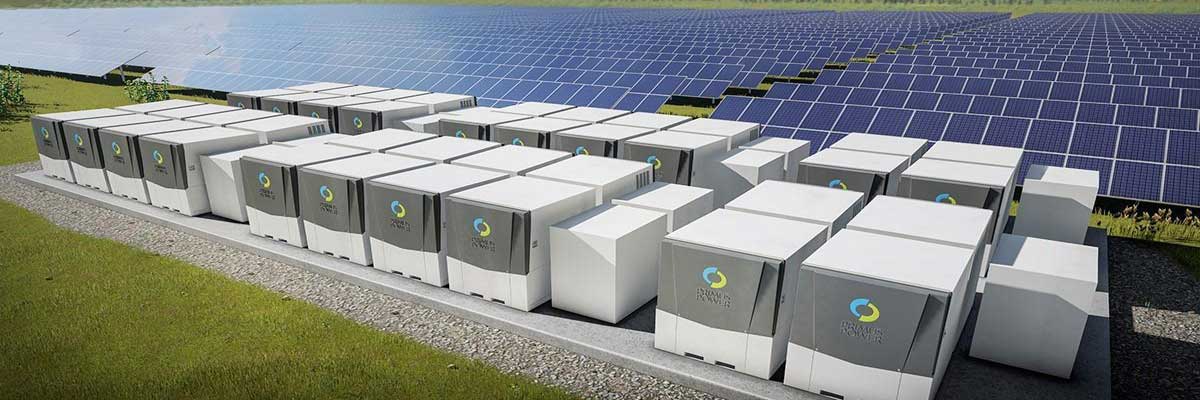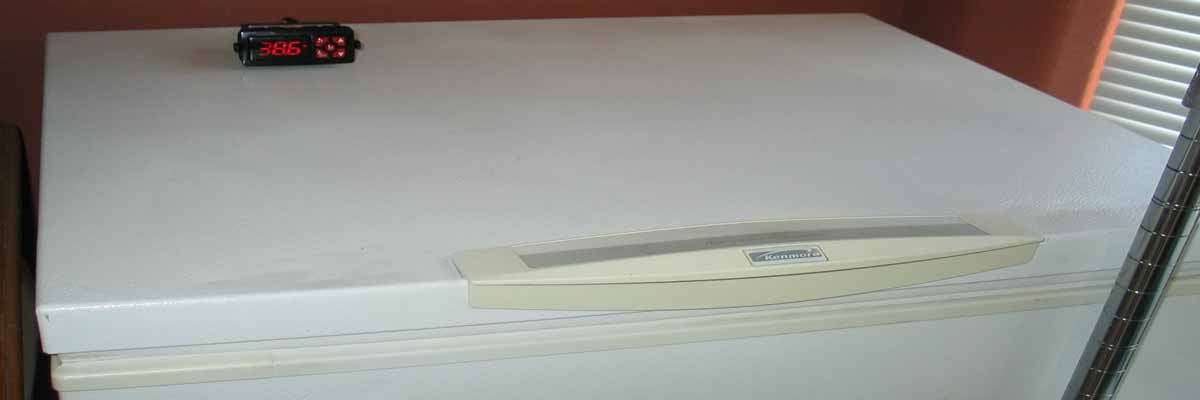My review of the NREL Western Wind and Solar Integration Study
The NREL/GE Energy WWSIS study appears to be built on several questionable assumptions, each allowing the modeled system (of up to 30% wind/5% solar in the West Connect within the great Western Interconnect) to withstand the inherent difficulties of large scale renewable integration. The primary issue, consistent with my dissertation research, is that the authors assume that we can afford to massively overbuild the capacity of the system, adding the large percentages of renewable generation on top of newly built and existing plants. This allows one to be able to ignore the hourly or sub-hourly periods with extremely low output from renewables, as well as the days or weeks at a time during the summer when wind production is well below yearly average output levels. An ample reserve is at the ready to step in when renewables perform poorly. Secondly and equally important, the authors assume that coal plants, which have traditionally run in a base load capacity, will be able to be operated very flexibly – on par with combined cycle gas plants.
Google Street View Camera Goes Low-Tech With Trike Version
Google’s Street View fleet has a new low-tech edition: the Google Trike. For those not familiar with the street capture technology, it’s a feature on Google Maps that allows you to view actual images of a street location — in 360 degrees. Beyond the fascinating technology that puts this all together — what’s even more impressive is the army of employees out there on the roads of America (and almost every other country) taking panoramic snapshots using the Google camera vehicles.
Of course, cars (thankfully) aren’t allowed to go everywhere. But that hasn’t stopped Google. The search engine giant has instead hacked a trike to carry the necessary equipment to get the digital deed done. From Autobloggreen,
The three-wheeled, human-powered overgrown tricycles carry 250 pounds of ballast in the form of “a mounted Street View camera and a specially decorated box containing image collecting gadgetry,” says the internet giant. All that extra heft reportedly requires a “specially trained super fit” rider. Google’s new trikes will be deployed first in Genoa, Italy, this spring. Assuming that launch proves successful, Google will send its pedal-powered cameras to the United Kingdom, where they’ll point their lenses towards a slew of famous British landmarks.
Philips Master LED Bulb Is Oh So Pretty, Pricey, Promising
Philips has announced that their new Master LED Bulb will be ready for mass consumption this coming July. For all the energy-savings that CFL bulbs have given us, they’ve also had some PR issues — especially when it comes to light color and mercury. LED takes everything that CFL offers, turns up the efficiency (over 30x more long-lasting than a incandescent bulb), and contains no mercury.
There are still some issues to work out with LED — one being that this Philips is expected to cost $50-$70. But price and aesthetics will be resolved over time. I just find it amazing that with this technology in place, my kid won’t know what it’s like to change a light bulb for many, many, years.
Vampire Killer: Good for You Good for the Planet
Vampire power is a big problem, even though you hit power off on that remote it doesn’t mean your television isn’t still sucking energy from the grid. Electronic appliances in standby mode can add up to 10% of your electric bill.
Good for You, Good for the Planet, a company based in Madrid, Spain, has developed a product to bring an end to the wasted electricity of standby mode. When the user desires to power the system up again it will power it up again without having to send the appliance through its start-up sequence again.
NH Hoteles SA of Spain has been testing a prototype of Mr. García’s gadget at some of the chain’s 350 hotels in 22 countries. It hopes to install the device in its 50,000 rooms as part of a drive to cut energy use by 20% by 2012.
“We’re very interested in this product and are seeing how we can implement it in the short or medium term,” says Luis Ortega, the chain’s director of environment and engineering. “That small saving, multiplied by 24 hours, 365 days a year, makes quite a big difference — especially when you’re talking about 50,000 television sets.”
Until technology like this becomes mainstream, you can kill vampire power in your home or office simply by unplugging or switching off your plug-strips.
Second-Generation Solar Trees To Be Even More Awesome Than Real Trees
Much praise has been heaped upon designer Ross Lovegrove since his solar trees first debuted in Vienna in October 2007. Essentially a solar-powered streetlamp — but also a work of art — the structure creates, as the designer puts it, “complex natural forms in a city that can benefit all of society.” They also save energy — and have managed to survive Vienna’s dark spells, with light still being generated even after four days without direct sun. From the article,
“When we were setting up the tree outside it was quite wonderful,” Lovegrove said. “Even when we had one stem, it was incredible, it seemed so insignificant but actually it really stood out and it proves this point that modern technology and design can really lift people’s spirits, it becomes an eye catcher because it’s sort of out of context. The Solar Tree is just a streetlamp but actually some of the small things which can have a big impact on our life are all open for reinterpretation.”
With the first-generation lamps firmly planted on some of Europe’s most famous streets, Lovegrove is now planning on the next-generation design. It will be called the “Adaptive Solar Tree” and, just like the real thing, will feature robotics that seek out sunlight or respond to changes in weather.
Masdar City To Get Solar-Powered Personal Rapid Trainsit System
NPR aired the last episodes this week in their year long series titled Climate Connections by focusing on the new “zero-emissions” city being built outside of Abu Dhabi called Masdar City. With an expected population of 50,000 people, the “experiment” in green technologies and sustainable design will be the largest effort ever to create a carbon-neutral urban center. The project is the crown jewel in the Abu Dhabi’s amibtious plans to become the ‘silicon valley’ of the renewable energy world. The Middle East certainly isn’t naive when it comes to looking past oil for the future security of their economies.
One of the more interesting technologies being put into action in Masdar is the PRT — or Rapid Transit System. Designed to hold six people, these pods will travel to more than 1,500 stations distributed throughout the city. From the NPR clip,
All Hail The New Green Browser: Flock Eco!
Earth Day is quickly becoming not only an event to celebrate the planet — but also to look forward to a number of cool green technologies that love to launch on this iconic day. Already today, I’ve seen two great new developments: One, is Sungevity— a great online tool for Californians that displays a satellite map of your home, calculates solar installation costs, and mockups of what your roof might look like with the panels. Should you decide to purchase, the company takes care of all the details — including all the zoning permits and install crews. You just need to sign the dotted line. Awesome.
Next — and this is one we’re most excited about — is Flock Eco, a brand new take on the Flock Browser that comes fully loaded with green content AND gives 10% back to environmental causes every time you browse. Now, even reading your favorite sites can help generate money for worthy organizations! From the release,
World’s Largest LED Chandelier Is Beautifully Green
Behold! The wonderful efficiency of next-gen LED lighting is now being integrated with the grandeur of luxury illumination — specifically, massive chandeliers. Even more specific – the world’s largest chandelier currently installed at the Stanley theatre in Utica, New York.
This chandelier — weighing in at almost 7,000 pounds, 35 feet in diameter, 17 feet tall — uses 328 LEDs manufactured by Philips Luxeon and consumes just 1,120 watts of electricity. That’s almost seven times more efficient than conventional light bulbs. Not to mention the fact that will be many years before workers have to replace any of the bulbs due to burnout. Unless, of course, the Phantom has anything to say about it.
Damn Phantom.
Green Ideas We’d Like To See: The Electric Super Tipper Truck
As a kid, no sandbox was complete without a fleet of Tonka dump trucks. Today’s kids have much cooler options; particularly if this design from Haishan Deng makes it from the drawing board and into the real world. It’s called the Super Tipper Truck and features independent suspension and electric motors in all four wheels. This allows for greater versatility in loading and unloading positions; as well as the ability drive down into pits and deliver cargo — something normal tipper trucks would have difficulty doing.
For more details, as well as a great in-depth interview with the designer, head on over to gizmag.
Eco Sac: The Water Bladder For Your Home
If giant rain barrels aren’t aesthetically pleasing or you lack the room for installation, you may want to consider the Eco Sac; a flexible rainwater bladder storage system that hides away under decks or floors. Each sac is manufactured using “industrial strength fabric sealed by high frequency welding.”
According to the site, the eco sac is better than your average rain barrel because a.) it captures water faster than rigid tanks, b.) you can use multiple bladders which all fill at the same rate and at the same time c.) it is guaranteed not to leak and d.) it is algae resistant and the water stored is potable.
Pretty cool idea for those with limited space to capture rainfall. There are 54 different sizes to choose from, ranging from 2,200 liters to 8,600 liters. Apparently, you can join multiple sacs together to get up to 50,000 liters or more water storage.
Much like the portable grey water recycler we wrote about earlier this week, this product is currently only available in Australia. Something tells me however — with the water woes currently affecting parts of the U.S. — that we’ll be seeing more of these stateside shortly.
Solar (Assisted) Electric Boat Navigates the Erie Canal
This news story caught my eye during the busy month of August. While electric cars have been the talk of the green blogosphere over the last year, this is the first instance I’ve heard of electric boating.On August 12, the Tamarack Lake Boating company launched “The Loon” a pontoon boat with 738 watts of solar panels mounted on its cover, and a 30 mile range on its 48 Volt deep-cycle battery array. (Syracuse.com)
With the flick of a switch, Canadian boat builder Monte Gisborne turned on his solar-powered pontoon boat, The Loon, and quietly slipped out of Oswego Harbor.
“It’s beautiful. It’s my first time on this canal and it’s beautiful,” Gisborne said as The Loon approached the Minetto Bridge. “The sky is clear, there’s a nice breeze blowing and people along the shoreline are waving I couldn’t be happier.”
The 12-day journey will take the Gisbornes – Monte is accompanied by his wife, Denise,
Read More
$30,000 Electric Car By 2009. And It’s Not The Volt
The electric car market is going to heat up in the next couple years. Which is a good thing — because I’m sick and tired of oil changes and all the other crap currently plaguing my combustible engine. I’m not under the illusion that I’ll have no issues with an electric vehicle (especially during NY winters), but I have more confidence that I’ll feel a lot less dependent on fuel and seriously giddy every time I drive by a gas station. But I digress…
News today from CNN Money of an electric car that goes 80mph, travels 120 miles at 60mph, and costs $30,000. It’s called the XS 500 from Miles Automotive and while that number may not be financially practical for most people, it represents a true price shift from current available models. How is it possible to market such a vehicle so soon? Two words: Cheap Labor. From the article,
Tesla Motors Takes Aim At Hotel Chains For Commercial Charging Stations
The electric car renaissance is barely spreading ink on the canvas and already plans are in motion to have a viable charging infrastructure in place. Earlier this week, Tesla Motors — the crew behind the highly anticipated 2008 Tesla Roadster — received a grant from the California Air Resources Board (CARB) to develop a 16KW station that could be installed at hotel chains across the state. While the stations would be commercially based, we have no idea if they might also be autonomous through solar power; much like the stations Vectrix is planning on introducing in Europe.
Tesla also recently announced plans to form a new division that will sell batteries to other car manufacturers.
“The electric-car startup said it will initially provide advanced lithium-ion battery packs from the new Tesla Energy Group to Think, a Norwegian maker of electric cars. The deal is expected to bring Tesla $43 million over the next two years. The new division will also develop and make battery packs for Tesla’s two-seat roadster that is set to go into production this fall, and for a four-door sedan set to debut later this decade.”
Summer Groove: Solar Pool Fence and Solar Garden Shower
Even though it’s April 16th and there’s 16 inches of snow on the ground here in Ithaca, NY, I’d like to think that I might have a use for these innovative products sometime soon. That is, if I can even get my hands on them.
First up is a “Professional Solar Garden Shower System” called the Solar Fizz. This portable showering unit uses reflector tubes to capture solar energy and heat water to 70+ degrees Celsius. Each tube can hold 15 liters — with a complete system capable of providing hot water for an entire family. Each of the units displayed on the website is claimed to be portable; but even the 15 liter version might be a little unwieldy if you plan on roughing it somewhere. The only problem is that the technology is limited to a few countries in Europe and Asia. They’re looking for distributors in North America; no any of you eco-entrepreneurs out there — have a look! Outdoor showers are the bomb-diggity — especially pollution-free, hot showers.
40.7 Percent Efficient Solar Cell Announced By DOE
U.S. Department of Energy (DOE) Assistant Secretary for Energy Efficiency and Renewable Energy Alexander Karsner today announced that with DOE funding, a concentrator solar cell produced by Boeing-Spectrolab has recently achieved a world-record conversion efficiency of 40.7 percent, establishing a new milestone in sunlight-to-electricity performance. This breakthrough may lead to systems with an installation cost of only $3 per watt, producing electricity at a cost of 8-10 cents per kilowatt/hour, making solar electricity a more cost-competitive and integral part of our nation’s energy mix.
(Emphasis definitely freakin’ mine.)
Not to out do Kevin’s exuberance, this is definitely a huge deal. $3 per watt to install? A 62% reduction in installation cost for PV panels?
0.1 kWh/day Refrigerator
I guess that this “hack” from a chest freezer to a super-efficient refrigerator has been around for a year or so (2005). This just proves that you have to poke around to find something good, and when you do share it with others. (I wonder if the folks from path to freedom have seen this one yet.)
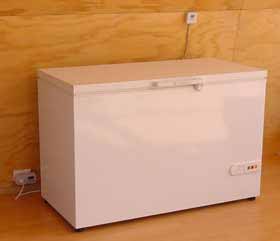 I found Mt. Best via farmlet, 2 great new sites to bookmark (new to me anyways), both out of NZ.
I found Mt. Best via farmlet, 2 great new sites to bookmark (new to me anyways), both out of NZ.
Here’s what they have to say about their fridge:
” My chest fridge (Vestfrost freezer turned into a fridge) consumes about 0.1 kWh a day. It works only about 2 minutes per hour. At all other times it is perfectly quiet and consumes no power whatsoever. My wind/solar system batteries and power-sensing inverter simply love it.
It is obvious that a truly energy efficient fridge does not cost any more money than a mediocre one. It actually costs less. It also has extra features, such as digital temperature display that gives you full control on the temperature settings inside.”
California: The Vampire Slayer (Act of 2006)
Anyone else here dig the TV Series, “Buffy, The Vampire Slayer“? Giles and the gang always foiled evil plots to destroy the world while Joss Whedon integrated humorous banter and creative twists to the storyline. Awesome show..but I digress. Anyways, apparently California Assemblyman Lloyd Levine is a fan of the show, since his aptly titled “The Vampire Slayer Act of 2006″ has recently been approved by the California Assembly. From the release, “AB1970 would force companies to put labels on devices that tell consumers how much energy is being used while the device is in standby mode. AB1970 supporters claim that the average household will pay an additional $200 per year due to electronics on standby.” In the other corner of the arena are the Vampire Sires, the Consumer Electronics Association, Electronic Industry Alliance, etc. They’re all claiming that such a move will simply confuse consumers; just like the early complaints issued by the Tobacco Industry when health warning stickers were placed on cigarettes. C’mon–anything to save a few bucks is worth it and I would love to know what’s eating from my outlet well after I’ve turned off the lights. If Assemblyman Levine has any trouble at least Buffy and the gang are a stones throw away in Sunnydale. Nice job, CA!

